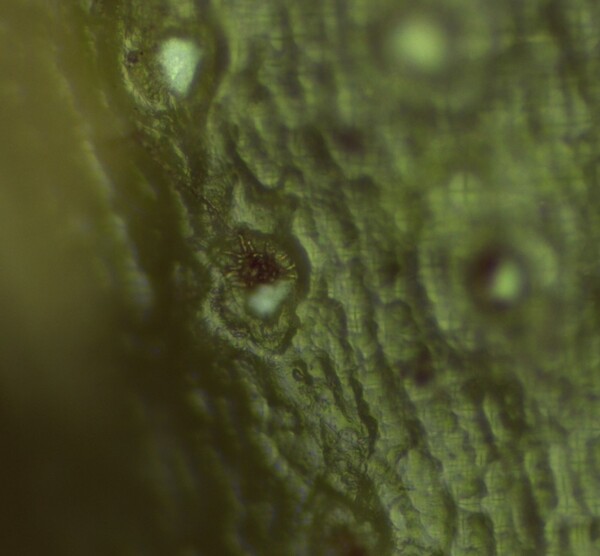A Closer Look at Conifer Stomatal Fungi
P 9 in Posters
The phyllosphere is one of two major microbial habitats of plants. It encompasses diverse microhabitats with distinct physical and chemical properties shaping microbial community composition. Among these, stomata form a unique interface between the leaf interior and the external environment, combining mixed properties with specialized immune defenses.
Recently a dark microscopic fungus, thriving especially in stomatal openings, was observed on conifer leaves. The organism frequently covered or entered stomata and appeared to degrade epistomatal wax. Yet did not seem to penetrate deeper into the leaf or cause visible disease symptoms.
This project had two aims. First, to develop a micromanipulation method to selectively sample, cultivate, and genetically identify the fungus growing on Picea abies. Second, to characterize the fungal colonization across leaf age groups and branch exposures, using light and confocal laser scanning microscopy.
The developed cultivation method proved effective in producing low-diversity cultures, yielding 26 morphotypes, including a pure culture of the focal fungus. With Sanger sequencing and ITS barcoding, the fungus was identified to the genus level.
Microscopic observations suggest colonization likely occurs via air or rain, followed by slow growth over years without apparent pathogenicity.
With other studies indicating a high incidence, epistomatal wax-degrading abilities and associations with needle blight, the stomatal fungus poses intriguing research opportunities.

Dark fungus living in a stoma of Picea abies
Keywords: Microbiome, stomata, fungi, micromanipulation, cultivation, microscopy


